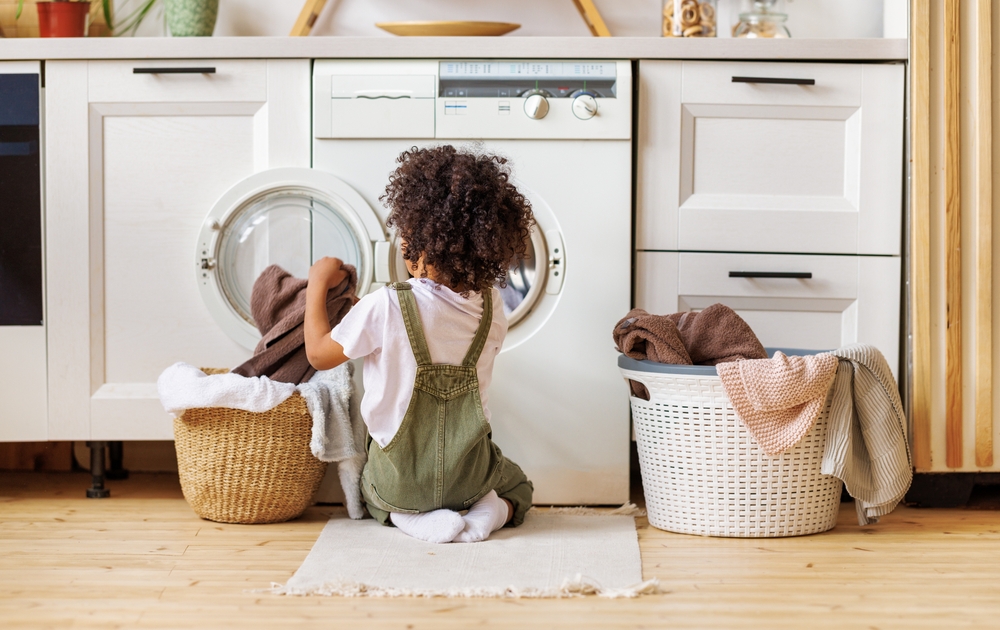
Top News, Useful tools
Useful tools
01 July, 2025

If you’ve never experienced a chore chart before – either as a child or as a parent – it’s important to know how they work. These calendar-like boards help you organise your household tasks, both helping you determine who is responsible for doing what and work out when they’ve been done.
From teaching responsibility to building confidence, there are so many benefits to chores for kids (more on those in a bit). It’s why specialists and child development experts recommend children start chores as young as 18 months old!
When allocating chores, age-appropriateness is key. You wouldn’t expect your four-year-old to take the bins outside or mow the lawn, would you?
Before your child can get started on their chores, do it together to show them how. Make sure you’re clear about each person’s chores for the day or week – writing them down (like, on a chore chart!) is a great way to make sure everyone is literally on the same page.
Beyond the safety concerns, it’s also important to choose chores that won’t bore or frustrate your child. To help motivate them, use a reward chart to track the chores they complete – you can give them small rewards like letting them watch their favourite TV show or pick their favourite family meal. And of course, don’t forget to praise their positive behaviour.
You should also talk about how great it is that a particular job has been done, pointing out how it will make your family home run so much smoother. Try to show an interest in how your child has done the job, too.
Kids’ chore charts help to teach important life skills. By doing chores, your child will learn the importance of cleaning up after themselves, be more conscious of the messes they do make and begin to understand how good it feels to keep a tidy home. Certain chores – like those that involve looking after a family pet – will also teach responsibility.
By achieving important tasks for others, your child will develop life skills while also building confidence. That’s why it’s so important to offer rewards to motivate them while they’re learning, and continue offering positive reinforcement when they lend a hand. While chores like cleaning up after themselves or washing the windows may seem insignificant now, know that you are helping them grow into confident, independent grown-ups who can care for themselves.
Now that you know why to set up a chore chart, check out this list of chores for children of different ages.
Your journey to teaching your children independence and responsibility will be a long one, so it’s important to be patient yet consistent. Don’t expect your child to know how to do something if they haven’t been shown yet, and make sure you praise them liberally when they do a chore well. Again, reward them for doing their chores to see the best results.
Looking for more ideas for your chore chart? We love this list of chore charts for kids from Woman’s Day, and this one from Very Well Family.